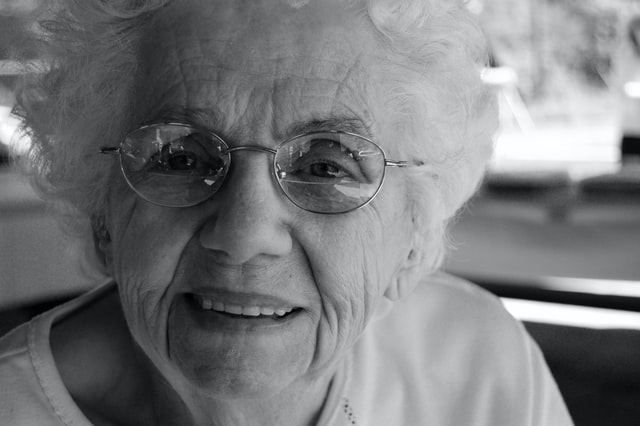18 Jul Residential Aged Care

Anybody who has looked even briefly at residential Aged Care in Australia quickly realises that it is both expensive and complex. With the taxpayer funding up to $120,000 per resident on top of paying up to $25,000pa in Age Pension, the cost of state funded Aged Care in an ageing population will be financially crippling for future generations.
Consequently, the system is becoming much more of a user pays model for those with the financial means to fund it. In Sydney metro, the cost of even a simple single room with a private bathroom is generally now at least $550,000 and with residents becoming more demanding (understandably so) in terms of food quality, staffing levels, services and most importantly, quality of care, it will only become more expensive.
The complexity of the system arises around the inequality of assessment of certain assets like the former home, lump sum accommodation payments and investments which are all treated differently when it comes to both Aged care costs and the Age Pension. The current system is such that it is almost impossible to achieve the best outcome without seeking specialist advice.
AGED CARE FEES
Generally speaking, aged care fees are broken up into accommodation, care and additional services.
ACCOMMODATION COSTS
Where a resident is assessed as having over $178,839.20 (current 1/7/22) at the time of permanent entry to care, they receive no Government support for accommodation and must negotiate the cost with the provider. This cost is usually advertised as a lump sum but may be paid as such or by a regular payment or a combination of the two. As mentioned above, even a simple single room will generally cost upwards of $550,000 in Sydney metro. This can be paid one of 3 ways:
- RAD (Refundable Accommodation Deposit) This is any lump sum handed over to the provider, is fully refundable on exit and Government Guaranteed
- DAP (Daily Accommodation Payment) This interest, at a fixed rate (currently 5%pa) payable on any part of the accommodation cost not paid by RAD and is not refundable
- COMBINATION RAD and DAP A resident may choose to pay by a combination of the above
The choice of how to pay is entirely up to the resident who must be given 28 days from permanent entry to elect their preferred payment method. The default method is a DAP charged until such times a RAD is paid.
Example based on a $550,000 room
- Full RAD $550,000
- Full DAP $27,500pa
- $300,000 RAD and $12,500pa DAP (or any other combination)
CARE COSTS
The cost of care starts with a Basic Daily Care Fee which is payable by all residents (with the exception of former POW’S) and is calculated at 85% of the full single Age Pension. Whether or not a resident receives a Pension is irrelevant
As discussed above, the cost of actually delivering care to a resident is expensive so where residents have the financial ability to do so, they are required to contribute further to their cost of care via a Means Tested Fee (MTF). The maximum MTF can be as high as $270 per day however this is subject to both annual and lifetime caps.
- Annual Cap $29,399.40. Once this cap is reached, the MTF will cease until the anniversary of the resident’s entry to care
- Lifetime Cap $70,558.66 Once this cap is reached, the MTF will cease forever unless the resident leaves the Aged Care system for more than 28 days and re enters some time in the future.
EXTRA/ADDITIONAL SERVICE FEES
As consumers become more demanding, more providers are introducing these fees, which can sometimes be as high as $100 per day. These fees are used to fund such things as better food, hot breakfasts, beer and wine with meals, access to WiFi, access to subscription TV services, resident social activities such as Mothers/Father’s Day lunches, Melbourne Cup, Xmas parties etc. They may also include things like access to a beauty salon, bus outings, hair dressing, podiatry, exercise classes etc. The contract should be examined to see exactly what is provided for these additional fees.
As you can see, the Residential Aged Care system is expensive and only likely to become more so. The different treatment of different assets and the way the system interacts with Age Pension entitlements is confusing but also provides opportunities to maximise financial outcomes. Care should also be taken when planning for aged care as to how Estate plans may be affected and again, particularly with couples, these can be opportunities to minimise fees and maximise entitlements.
In future articles we will look at the complexities around the assessment of different assets for aged care purposes as well as some of the tips and traps to look out for.
Zenith Aged Care specialise in delivery aged care solutions and optimising outcomes. It is all we do, and we assist over 200 families per year. Simon Boylan can be contacted on 9525 7977.
Should you wish to make an appointment with one of our experienced Solicitors, please contact Solari and Stock on 8525 2700 or click here to request an appointment.
Article written by Simon Boylan from Zenith Aged Care
Photo by Todd Cravens on Unsplash
No Comments